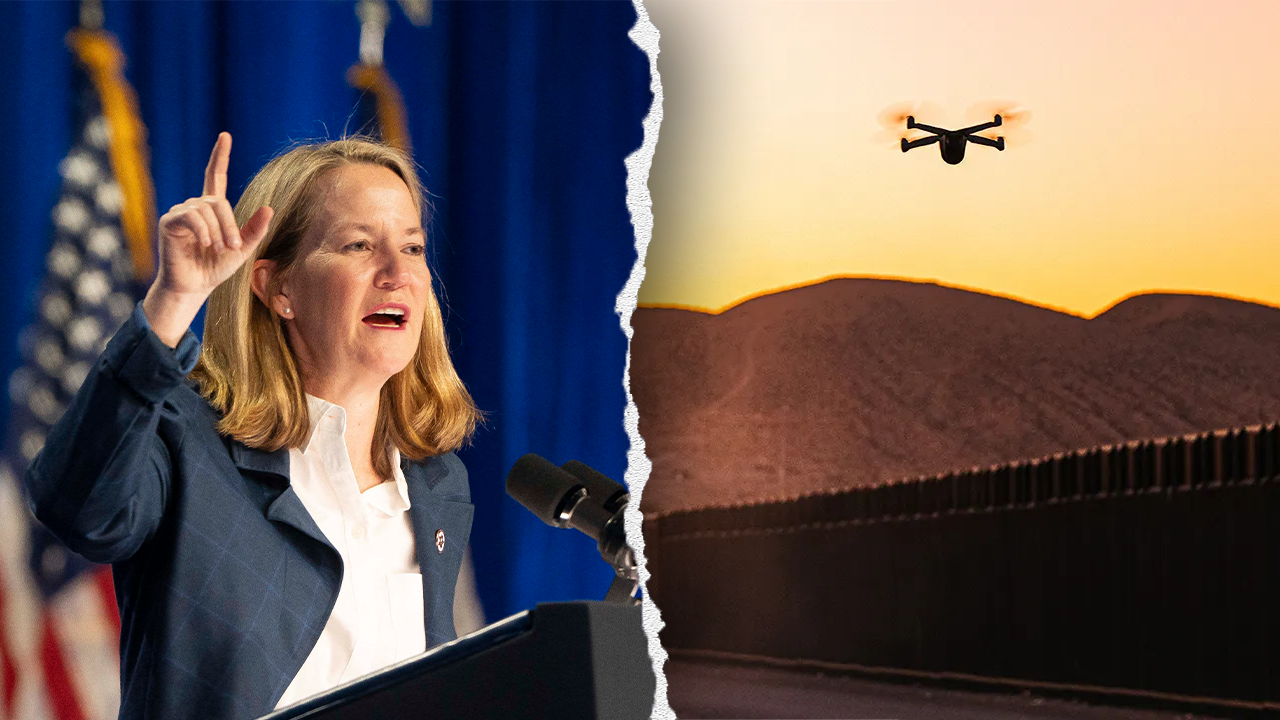Importers are rushing to bring goods into the US ahead of looming tariff deadlines, driving a surge in shipping activity that port officials say reflects uncertainties surrounding President Trump’s trade policy.
The Port of Los Angeles recorded its busiest June in history, handling 892,340 twenty-foot equivalent units (TEUs), an 8% increase over the same month last year.
Port executives attributed the spike to a “tariff whipsaw effect,” with shippers accelerating orders before a mid-August deadline for new tariffs on Chinese goods.
Though June was a record-setting month for the Port of Los Angeles, which is the largest container port in the US and the entire Western Hemisphere when measured by annual throughput, officials warned the gains are likely temporary.
The National Retail Federation projects a double-digit decline in cargo volume at US ports from August through November as importers finalize holiday orders and tariffs take hold.
Gene Seroka, Executive Director of the Port of Los Angeles, told CNBC that the activity underscores how shifting trade policy timelines are directly impacting the flow of goods.
“Shifting timelines simply mean shifting volume and more uncertainty here at the Port of LA,” Seroka said.
“Looking into August, if everything holds the way we see it right now, I expect volume to ease because of those new tariffs being in place, making it more costly for American importers.”
The increase in traffic came after Trump reduced tariffs on Chinese goods from 145% to 45%, prompting a temporary boost in orders from US manufacturers. That brief reprieve helped fuel China’s trade surplus to $114.7 billion last month.
Still, Seroka noted that any benefit from the surge will be short-lived. Holiday cargo orders for the end of the year are already finalized, he said, and no significant new orders are expected.
“It’s too late to try to negotiate orders at this point in time for that year-end product,” Seroka told CNBC.
Retailers and manufacturers continue to feel the financial impact. Bobby Djavaheri, president of Yedi Houseware, told CNBC his company has seen shipping expenses soar due to overlapping tariffs on Chinese imports and stainless steel.
“Before the tariffs, one load would have cost between $1,500 to $2,000. Now it’s between $40,000–$50,000,” Djavaheri said during a container update call hosted by the port.
Mike Short, president of global freight forwarding at CH Robinson, said some shippers are limiting imports to essential items like back-to-school goods, while others accelerated shipments from Southeast Asia or stuck to traditional schedules.
“Although we’re approaching traditional retail peak season for ocean, it’s not likely the industry will see traditional peak volumes, as many of our 7,500 retail customers are working through inventories and being highly selective and strategic, bringing in only the essential products they must import,” he said.
Meanwhile, Trump has issued letters detailing new tariffs on several Asian nations and announced a preliminary trade agreement with Vietnam that could increase tariffs on many of its exports to 30%.
While the deadline extensions have offered companies a few extra weeks, Short said the typical 20–30 day ocean transit time — and longer for East Coast deliveries — means most firms are still under pressure. For those without secured shipping space, more expensive air freight remains the only option.
Josh Allen, Chief Commercial Officer at ITS Logistics, said supply chain professionals are rapidly adjusting to changes in sourcing and shipping routes.
“We are watching and responding to these changes in real time,” Allen told CNBC.
He added that despite the record-setting June, the broader slowdown in global trade is giving the industry some room to adapt. “The logistics industry can handle and recover because demand has been depressed,” he said.
Kim Vaccarella, founder and CEO of the fashion and accessories company Bogg, began shifting production to Vietnam to avoid tariffs on Chinese goods. But key components — including machines, molds and raw materials — still come from China.
“We have narrowed the production of our bags from four to two,” Vaccarella said. “Originally, we cut our manufacturing by 50% but because we are now manufacturing two bags we added back some orders, but not all.”
Bogg raised prices in April in response to tariffs, then rolled them back when Trump paused the schedule.
“Everything is up in the air because of all the uncertainty,” Vaccarella told CNBC.
“After the April claw back in prices, we announced we would make a decision in July on prices, but we still have no clear picture.”
Adding to the confusion is the proposed US-Vietnam trade deal, which includes a 40% additional tariff on transhipments — products that begin production in China but are finished in another country like Vietnam.
The Post has sought comment from the White House.














